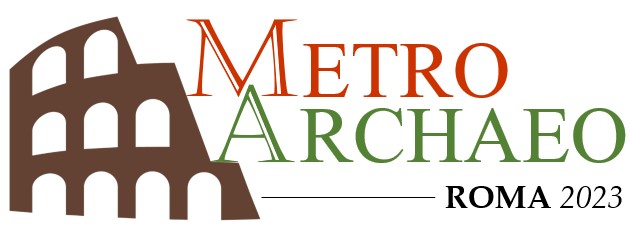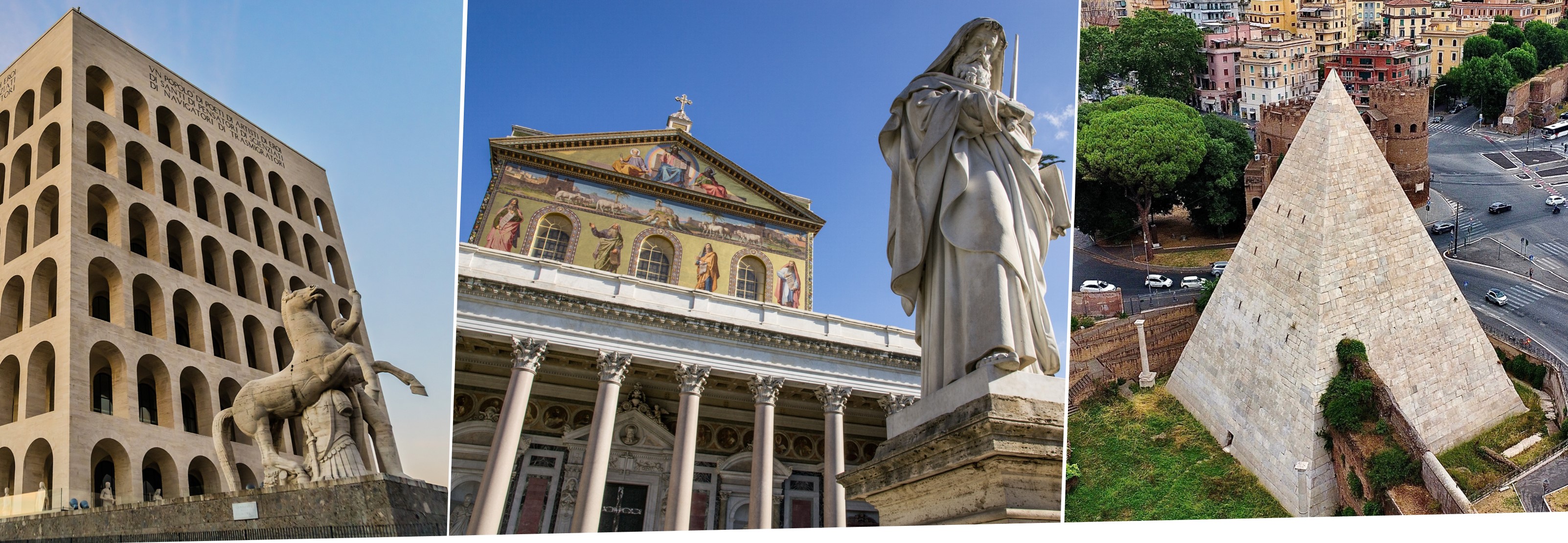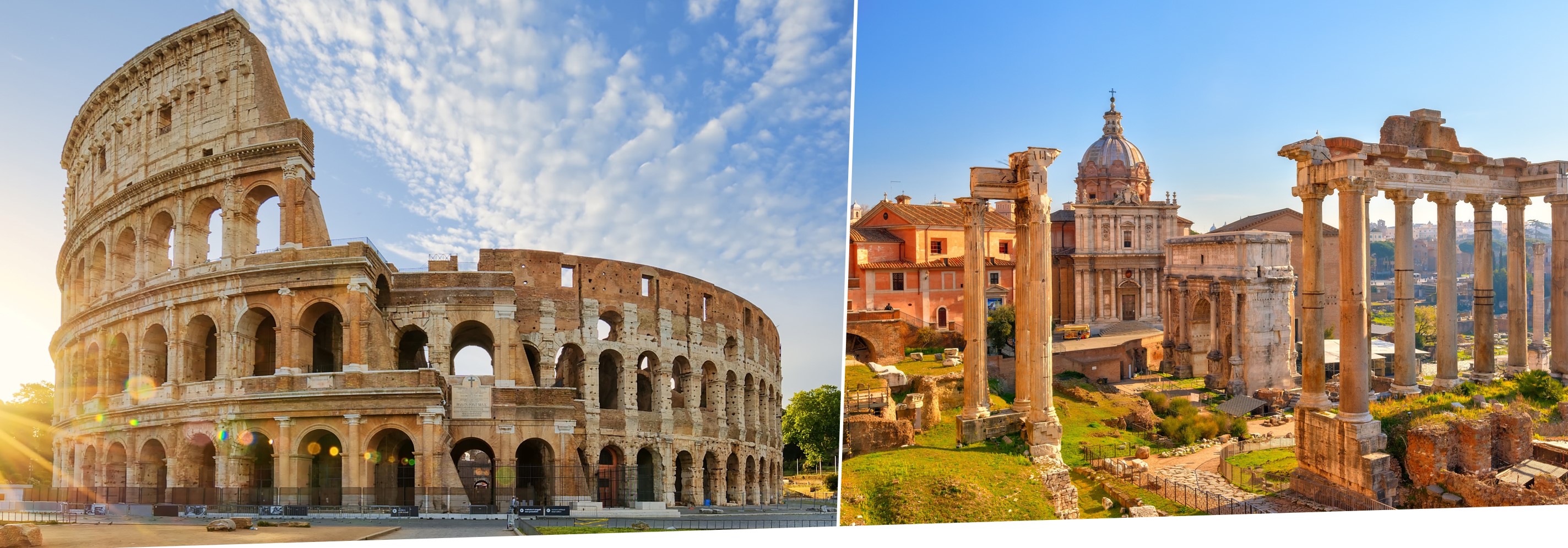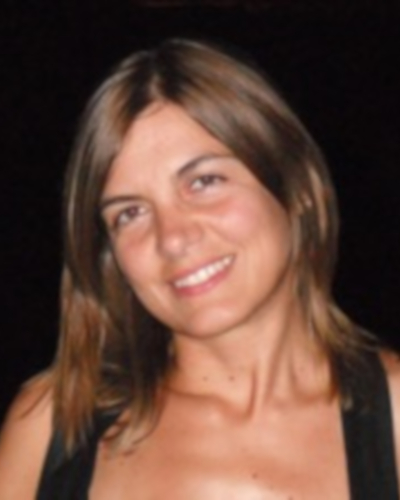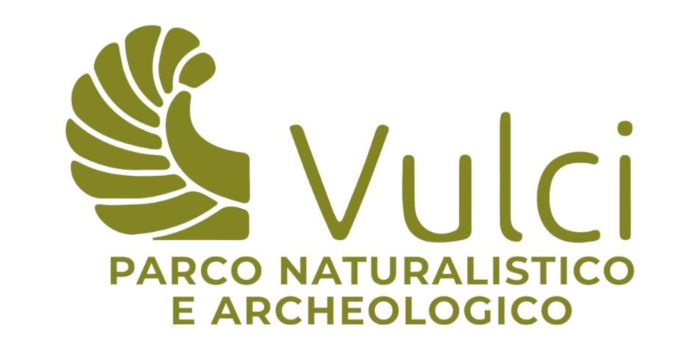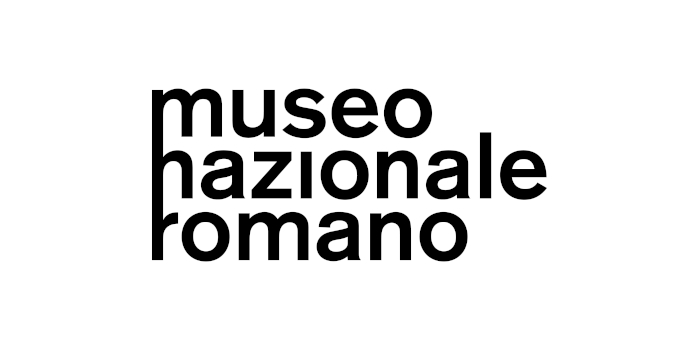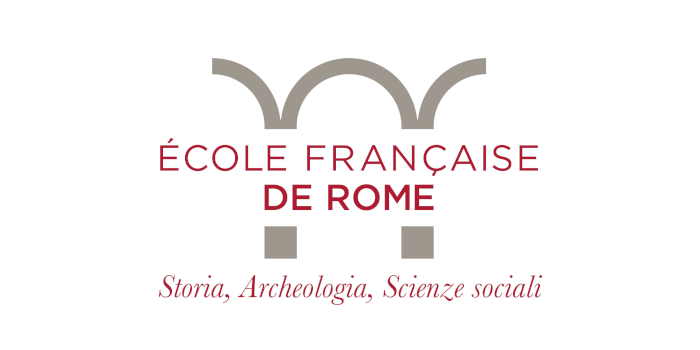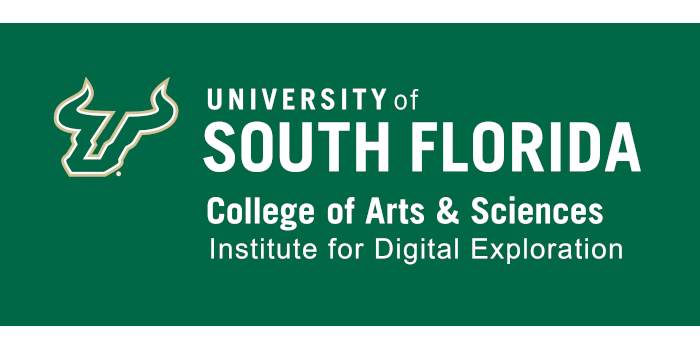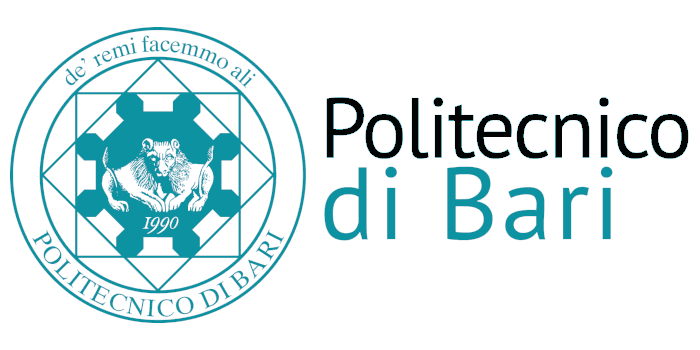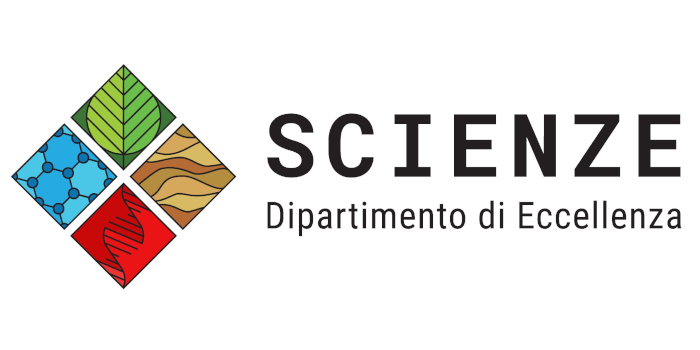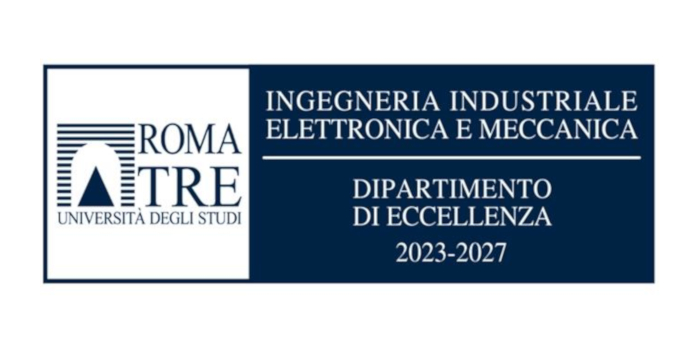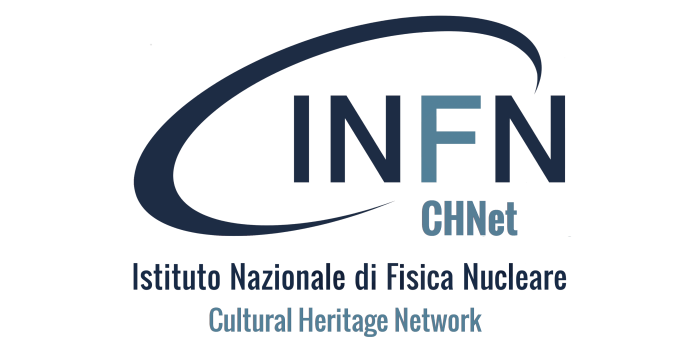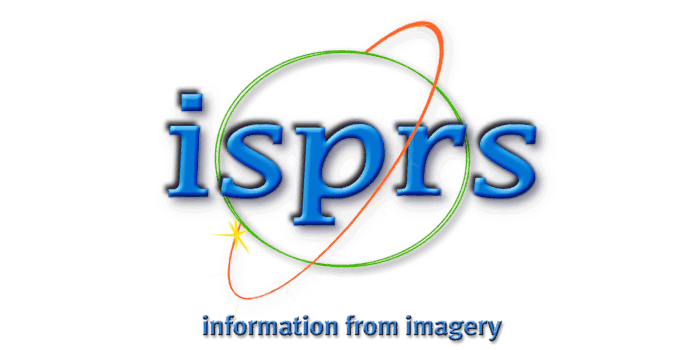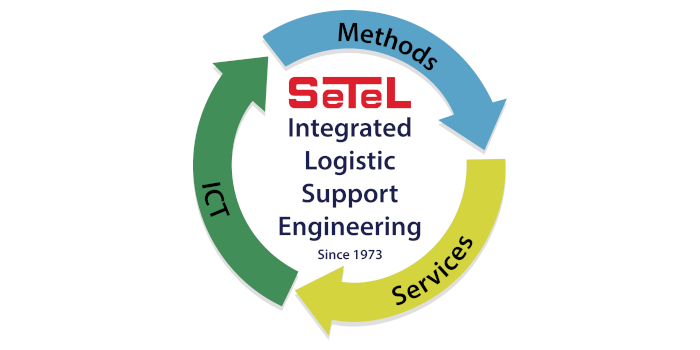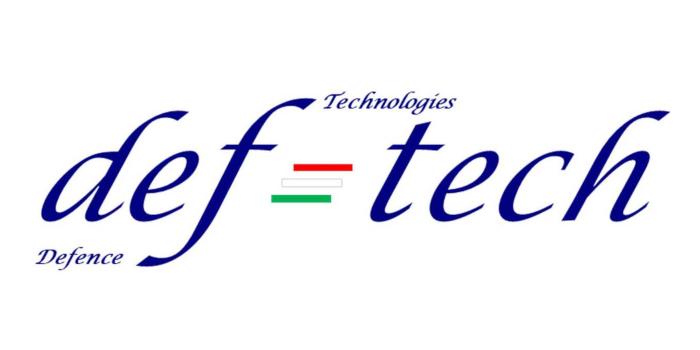SPECIAL SESSION #3
Inorganic, organic, and hybrid materials for the conservation and consolidation of cultural heritage
ORGANIZED BY
Luca Tortora
Roma Tre University, Italy
Gabriella Di Carlo
CNR-ISMN
Angelja K. Surca
National Institute of Chemistry (NIC), Slovenia
ABSTRACT
In the last decade, smart coatings composed of blends of inorganic nanomaterials, bioactive molecules, and functional polymers have revolutionized the field of cultural heritage conservation, providing new and innovative solutions for the conservation of works of art, artifacts, and monuments. The use of nano-sized materials allows for their integration into complex materials, making it possible to stabilize, reinforce, and protect surfaces against environmental degradation and physical damage.
Furthermore, nanomaterials can also be used for cleaning and restoring cultural heritage objects, removing dirt and grime, and revealing their original colors and details. With their unique properties and versatility, nanomaterials have the potential to play a major role in the conservation and consolidation of cultural heritage, preserving them for future generations. Inorganic, organic and hybrid materials can be used as protective coatings and consolidants to prevent deterioration and enhance the protection of objects, buildings, and monuments that are part of our cultural heritage. They offer protection against environmental factors such as moisture, UV light, and pollutants, as well as provide physical and structural stability. They can be formulated to be reversible, allowing for future treatments and maintenance without damaging the original materials. Combining inorganic, organic, and nanostructured materials, a new generation of smart coatings can be designed to greatly impr ove the longevity of artifacts and ensure their preservation for future generations.
MAIN TOPICS
Topics include, but are not limited to:
- Metal oxides and composites for the protection of metals
- Photoactive inorganic materials for stone protection
- Engineered nanoparticles for controlled release of bioactive molecules
- Aging and degradation phenomena in inorganic pigments, colorants, and binding media
- Organic and polymer coatings for stone and metal protection
- Bioinspired coatings for protection and conservation of artifacts
- Green chemistry for sustainable conservation of cultural heritage
- Stimuli-responsive materials for the controlled release of protective molecules
ABOUT THE ORGANIZERS
Luca Tortora, Assistant Professor at the Roma Tre University, Research Associate at National Institute for Nuclear Physics (INFN) and National Research Council (IMM – CNR). He is Director of Surface Laboratory Roma Tre (LASR3) and group leader of SMAC (Surface ModificAtion and Characterization group). Member of Italian Chemical Society, American Chemical Society, and American Vacuum Society. Delegate for INFN-RM3 in E-RIHS (European Research Infrastructure for Heritage Science) and Local Coordinator Roma Tre INFN-CHNet (Cultural Heritage Network). He received laurea in Chemistry from the University of Naples Federico II and PhD in Chemistry from the University of Rome Tor Vergata. His research is focused on the synthesis and characterization of inorganic nanomaterials based on metal oxides and the study of the interactions between energetic inorganic ions and the matter. He authored and co-authored more than 70 publications with >1000 citations. LT has been PI and WP leader for several local, national, and international project in the CH field. Reviewer for several journals in the field of the chemistry of materials and member of editorial committee of indexed journals (Molecules, Frontiers in Chemistry, Frontiers in Materials, Journal of Analytical Methods in Chemistry).
https://orcid.org/my-orcid?orcid=0000-0003-3053-2406
Gabriella Di Carlo, PhD in Chemistry, is Senior Researcher at the Institute for the Study of Nanostructured Materials belonging to the National Research Council of Italy. Her main research interests include the development of innovative materials and technologies for the sustainable conservation of cultural heritage through the study of degradation processes and their inhibition. Her activities are also addressed to the reuse and valorisation of waste materials (e.g. polysaccharides, cellulose, plastics). In recent years, her research efforts have been focused on the design, preparation and validation of multifunctional and responsive stimuli materials for the protection of cultural objects and monument s. She is Associate Editor for Frontiers in Materials, professor and member of the Doctoral board in Earth Sciences at Sapienza University. She has been and is involved in various national and international projects, holding the role of research unit manager or coordinator. She has co-authored about 80 publications on international ISI journals receiving more than 4000 citations and with an H index of 31 (Google Scholar).
https://orcid.org/0000-0001-6955-8828
Angelja K. Surca, PhD in Chemistry, is Research Associate Professor at the National Institute of Chemistry (NIC) in Ljubljana, Slovenia. She received BSc and PhD from the University of Ljubljana and, upgraded her knowledge on electrochemistry at the University La Sapienza, Rome, and on Raman spectroscopy at the CNRS in Paris (Thiais). Her research topics are various multifunctional coatings, for example for metals/alloys, electronic boards, also for conservation of cultural heritage, thin electrochromic films and spectrally selective paints for solar absorbers. Especially, she is engaged with the combined in-situ and ex-situ IR/Raman spectroelectrochemical approa ches, which differ considerably regarding the investigated film/material. Recently she transferred ex-situ/in-situ Raman measurements on electrocatalytic materials for fuel cells/water electrolyzers. She has already contributed to 115 scientific articles, has >2500 pure citations (Scopus) and H index of 29. Of 2 patents, one was sold to German factory Alanod. She has been principal investigator of 5 Slovenian projects and 3 bilateral collaborations, and contributed to 2 Cost Actions, 11 EU projects and 18 Slovenian projects. She collaborated in a group that obtained Golden Award for Innovations from Chamber of Commerce and Industry of Slovenia.
http://orcid.org/0000-0001-5339-4937
